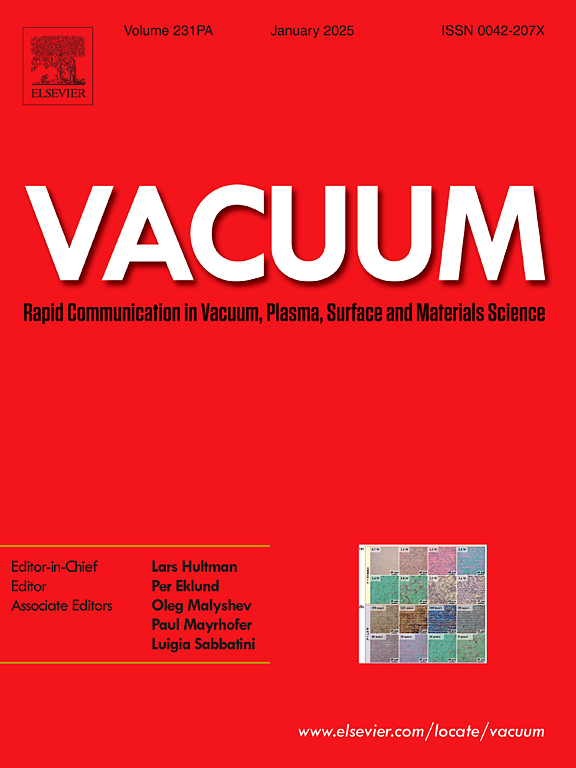An easily overlooked aspect of hydrothermal charcoal: The effect of drying method on structure and properties
IF 3.8
2区 材料科学
Q2 MATERIALS SCIENCE, MULTIDISCIPLINARY
引用次数: 0
Abstract
Hydrothermal carbon (HC) demonstrates significant potential in heavy metal removal due to its low production cost and high adsorption efficiency. However, the impact of drying methods on HC performance is often overlooked. This study employed six types of agricultural waste as precursors to prepare HC using four different drying methods and evaluated their performance through Cd2+ adsorption experiments. Compared to natural drying, vacuum high temperature oven drying significantly increased the C-O functional group content by 25.29 %, optimized the pore structure, thereby enhancing the specific surface area and promoting mass transfer, diffusion, and adsorption behavior. In contrast, high temperature oven drying had a lesser degree of damage to the pore structure, while vacuum freeze drying led to the collapse of pores due to mechanical forces during ice crystal formation and sublimation, reducing the specific surface area to 2.15 m2/g. Additionally, the study comprehensively investigated other mechanisms such as complexation, co-precipitation, kinetics, and theoretical calculations. The practicality of this HC was assessed through seven cycles of adsorption-desorption. This study provides important scientific basis for the application of hydrothermal carbon in heavy metal removal, emphasizes the key role of drying methods, and points to a more energy-saving and environmentally friendly realization path.

水热炭的一个容易被忽视的方面:干燥方法对结构和性能的影响
水热碳(HC)因其生产成本低、吸附效率高,在重金属脱除方面具有很大的潜力。然而,干燥方法对HC性能的影响往往被忽视。本研究以6种农业废弃物为前驱体,采用4种不同的干燥方法制备HC,并通过Cd2+吸附实验评价其性能。与自然干燥相比,真空高温烘箱干燥显著提高了C-O官能团含量25.29%,优化了孔隙结构,从而提高了比表面积,促进了传质、扩散和吸附行为。相比之下,高温烘箱干燥对孔隙结构的破坏程度较小,而真空冷冻干燥由于冰晶形成和升华过程中的机械力导致孔隙坍塌,使比表面积降低到2.15 m2/g。此外,本研究还全面探讨了络合、共沉淀、动力学和理论计算等其他机制。通过七个吸附-解吸循环来评估这种HC的实用性。本研究为水热碳在重金属脱除中的应用提供了重要的科学依据,强调了干燥方法的关键作用,指出了一条更加节能环保的实现路径。
本文章由计算机程序翻译,如有差异,请以英文原文为准。
求助全文
约1分钟内获得全文
求助全文
来源期刊

Vacuum
工程技术-材料科学:综合
CiteScore
6.80
自引率
17.50%
发文量
0
审稿时长
34 days
期刊介绍:
Vacuum is an international rapid publications journal with a focus on short communication. All papers are peer-reviewed, with the review process for short communication geared towards very fast turnaround times. The journal also published full research papers, thematic issues and selected papers from leading conferences.
A report in Vacuum should represent a major advance in an area that involves a controlled environment at pressures of one atmosphere or below.
The scope of the journal includes:
1. Vacuum; original developments in vacuum pumping and instrumentation, vacuum measurement, vacuum gas dynamics, gas-surface interactions, surface treatment for UHV applications and low outgassing, vacuum melting, sintering, and vacuum metrology. Technology and solutions for large-scale facilities (e.g., particle accelerators and fusion devices). New instrumentation ( e.g., detectors and electron microscopes).
2. Plasma science; advances in PVD, CVD, plasma-assisted CVD, ion sources, deposition processes and analysis.
3. Surface science; surface engineering, surface chemistry, surface analysis, crystal growth, ion-surface interactions and etching, nanometer-scale processing, surface modification.
4. Materials science; novel functional or structural materials. Metals, ceramics, and polymers. Experiments, simulations, and modelling for understanding structure-property relationships. Thin films and coatings. Nanostructures and ion implantation.
 求助内容:
求助内容: 应助结果提醒方式:
应助结果提醒方式:


